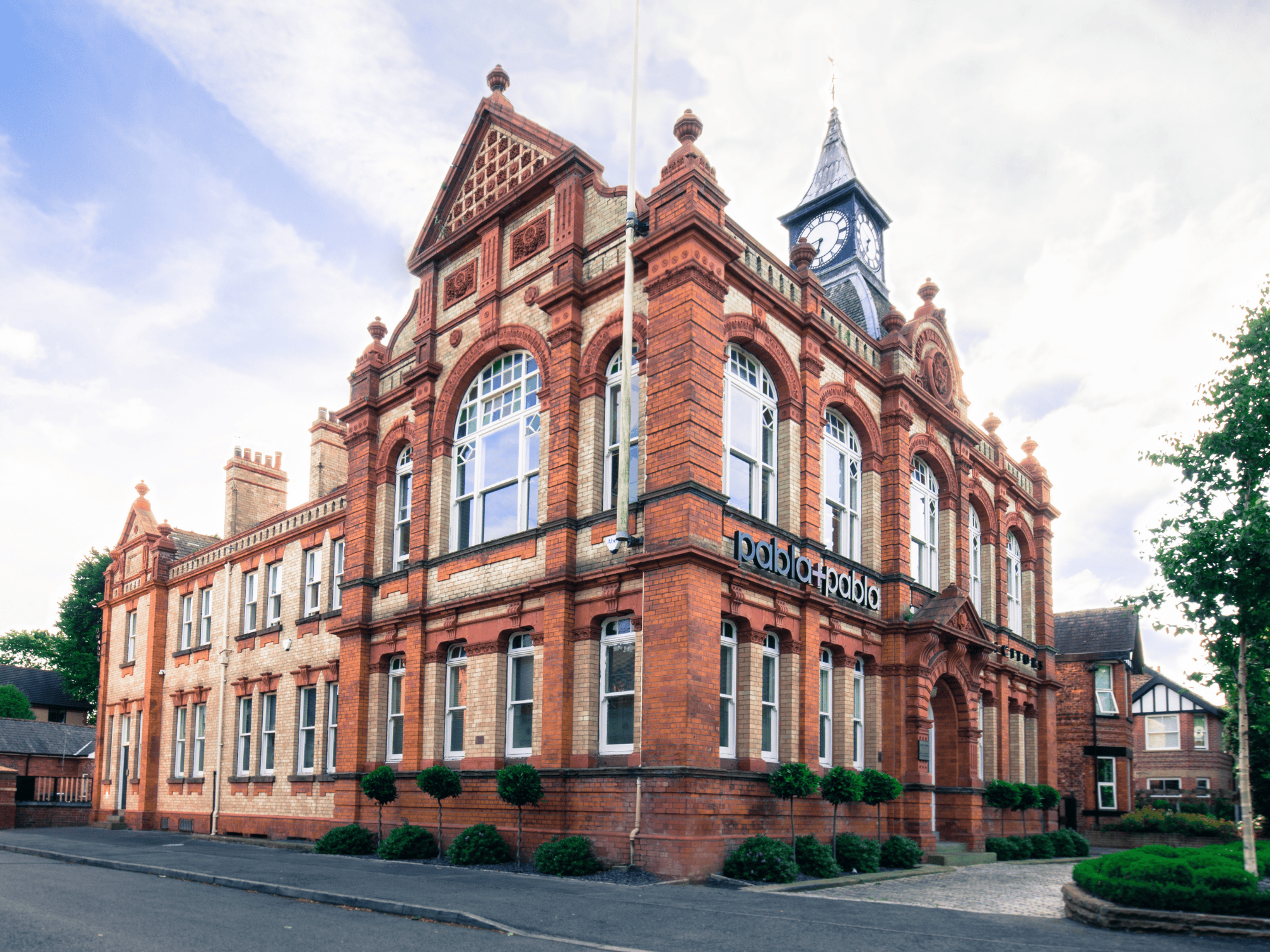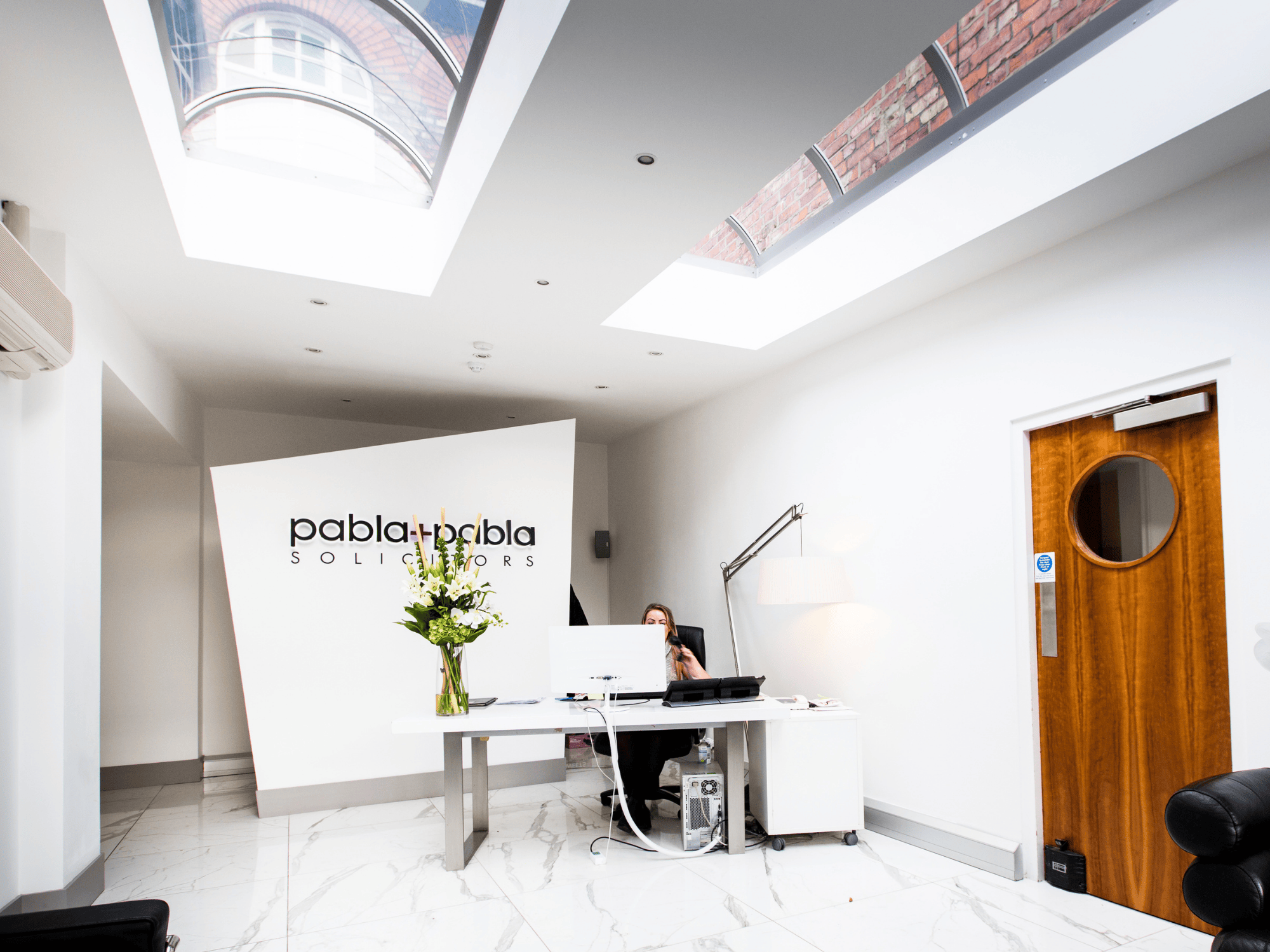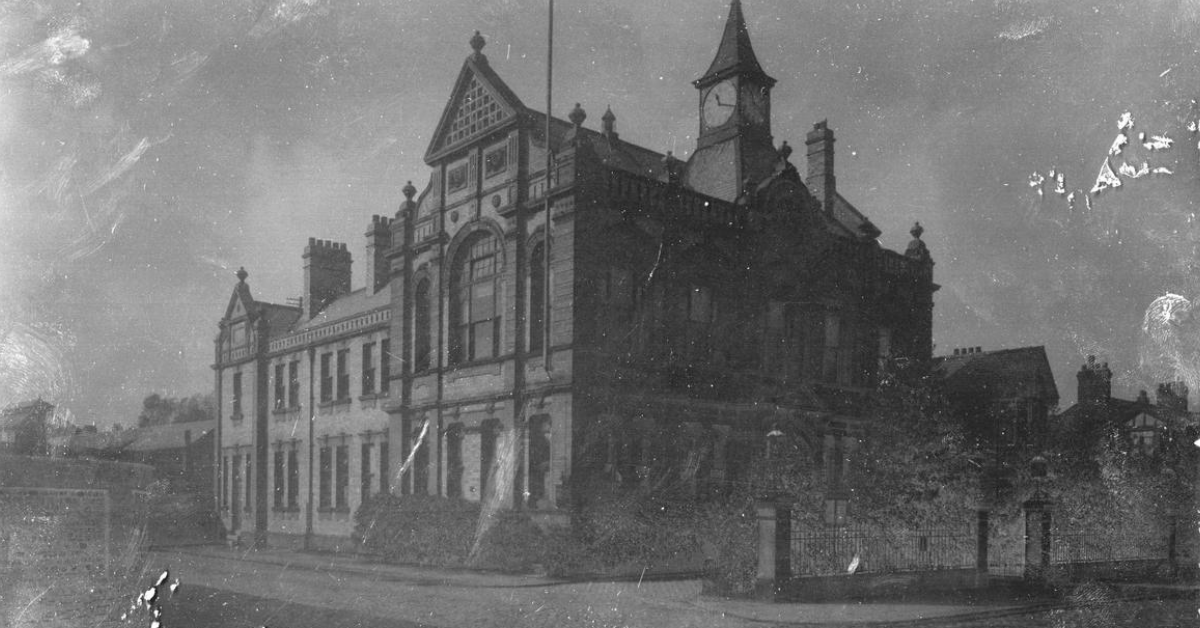The history of the Old Town Hall
Do you know the fascinating local history of our home – the Old Town Hall on Lapwing Lane, West Didsbury?
Now a Grade II listed building, the Old Town Hall was first constructed in 1881 during the Victorian-era industrial expansion of Manchester, as offices for the Withington Local Board of Health. In fact, you can still see the “LOCAL BOARD OFFICES” in red terracotta just below the clock tower.
The area was very different then! What we now know as West Didsbury was then Lapwing Farm, and was almost entirely agricultural land. However, the area was rapidly changing. A huge expansion of Manchester’s industry, especially with newly-built cotton mills and train lines, led to a population boom in the region. People from across the UK moved here to find work – and so too did an influx of German migrants!

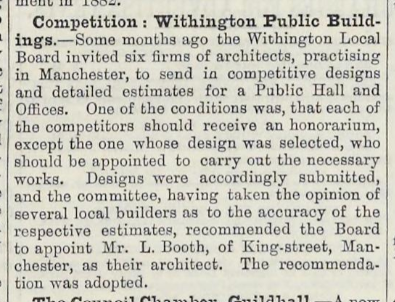
With many newcomers settling in South Manchester, the Withington Local Board of Health needed larger offices to effectively administrate the region. Local architect Lawrence Booth won a limited competition to design the new building, which was constructed by the Robert Neill & Sons building firm for a lavish cost of £2000 (£212,093 today). Using buff brick and red terracotta sourced from Ruabon, North Wales, the design lent heavily into a blend of the Baroque Revival and “Queen Anne Revival” architectural style.
After construction, the building became an important hub for local government. Local transport, water, and sewage were all administered from here. Offices were also constructed on the ground floor for a clerk, a surveyor, and collector, and a “nuisance inspector”. Further expansions to the building’s grounds were made in 1882, when a large stables for the council’s horses were constructed in the area that is now Raleigh Close.
The following years saw the building caught in the shifting sands of local government on two separate occasions. First, the Local Government Act 1894 replaced the previous Local Boards of Health with new Urban and Rural District Councils. The Withington Urban District Council was born and used the Town Hall as it’s center of operations – serving communities in the emerging parishes of Didsbury, Withington, Chorlton, and Burnage. Second, in 1904, when Withington was formally incorporated into the City of Manchester.
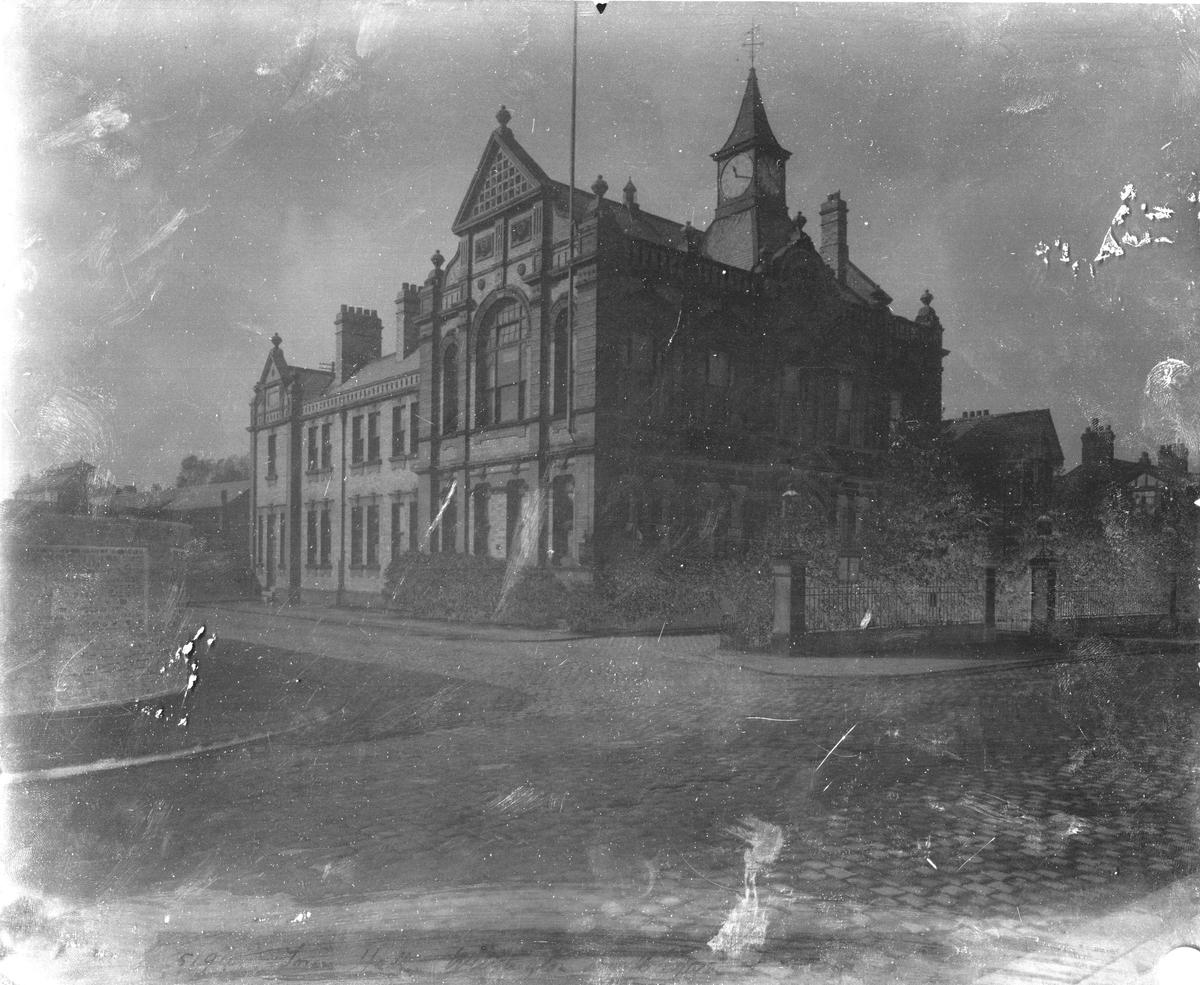

During the Second World War, the building was designated as a “Rest Centre” in the Manchester Blitz and had a capacity of 300. Local families who had been “bombed out” of their homes in German bombing runs could turn here for refuge – and would receive food, water, medical assistance, and temporary accommodation until they could be properly re-homed.
The building remained in governmental use, with the large upstairs room open to the public as a function room. It was often booked for town meetings, dances, and concerts right up to the 1970s. Interestingly, it was actually a regular meeting place for local Communists in the post-war years!
The Old Town Hall enters a commercial era
In 1990, Manchester City Council declared the building “surplus to requirement” and ceased using it for local governmental purposes. The building sat vacant for several years until Julie Chatzkelson, Director of APS Events and Media, popped out to collect a pizza one day and saw the building was for sale.
She purchased the building and oversaw it’s renovation in 2007. APS turned the building into a fully-fledged media production powerhouse – even outfitting it with an ultra-high spec editing suite!
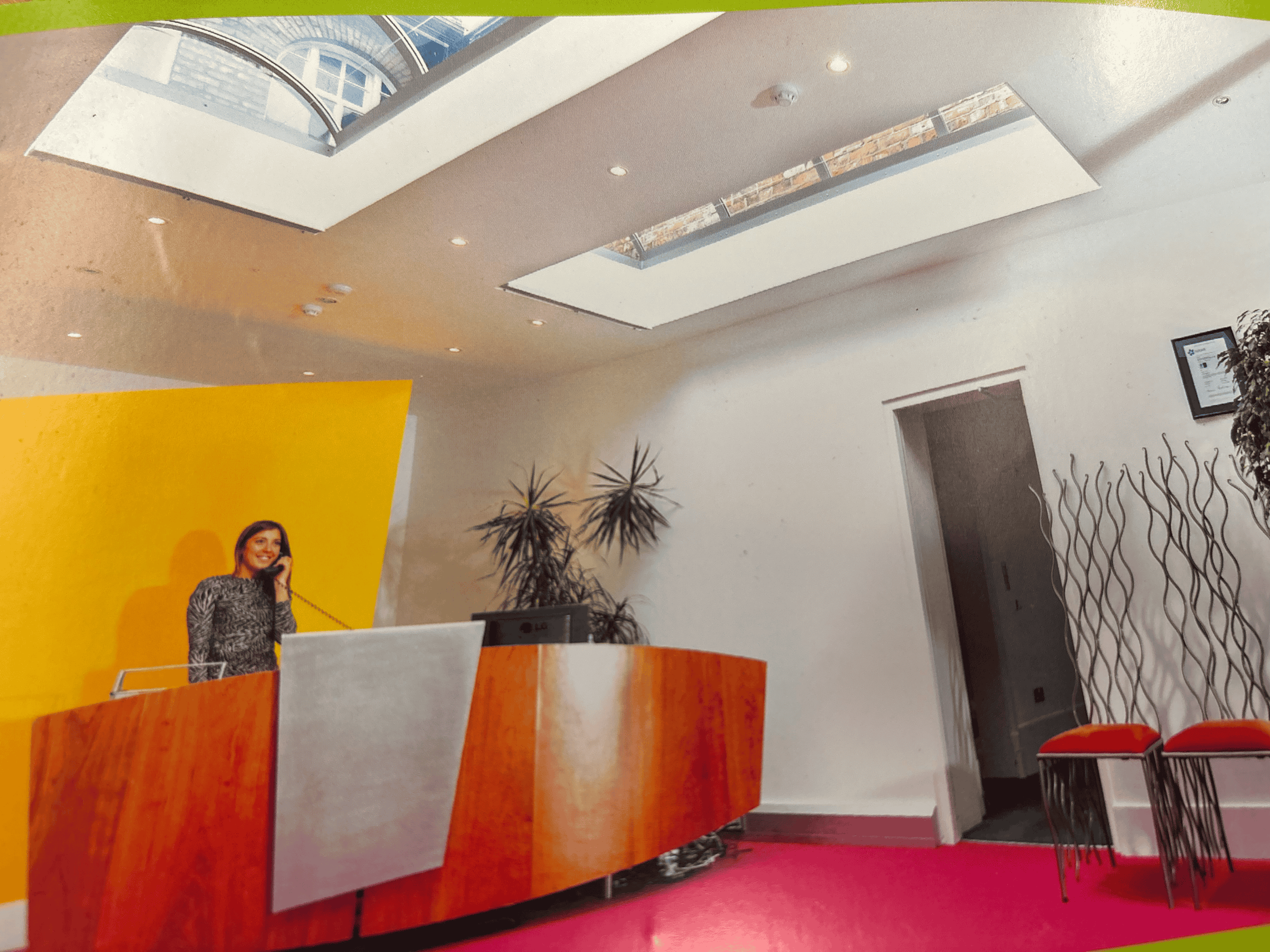
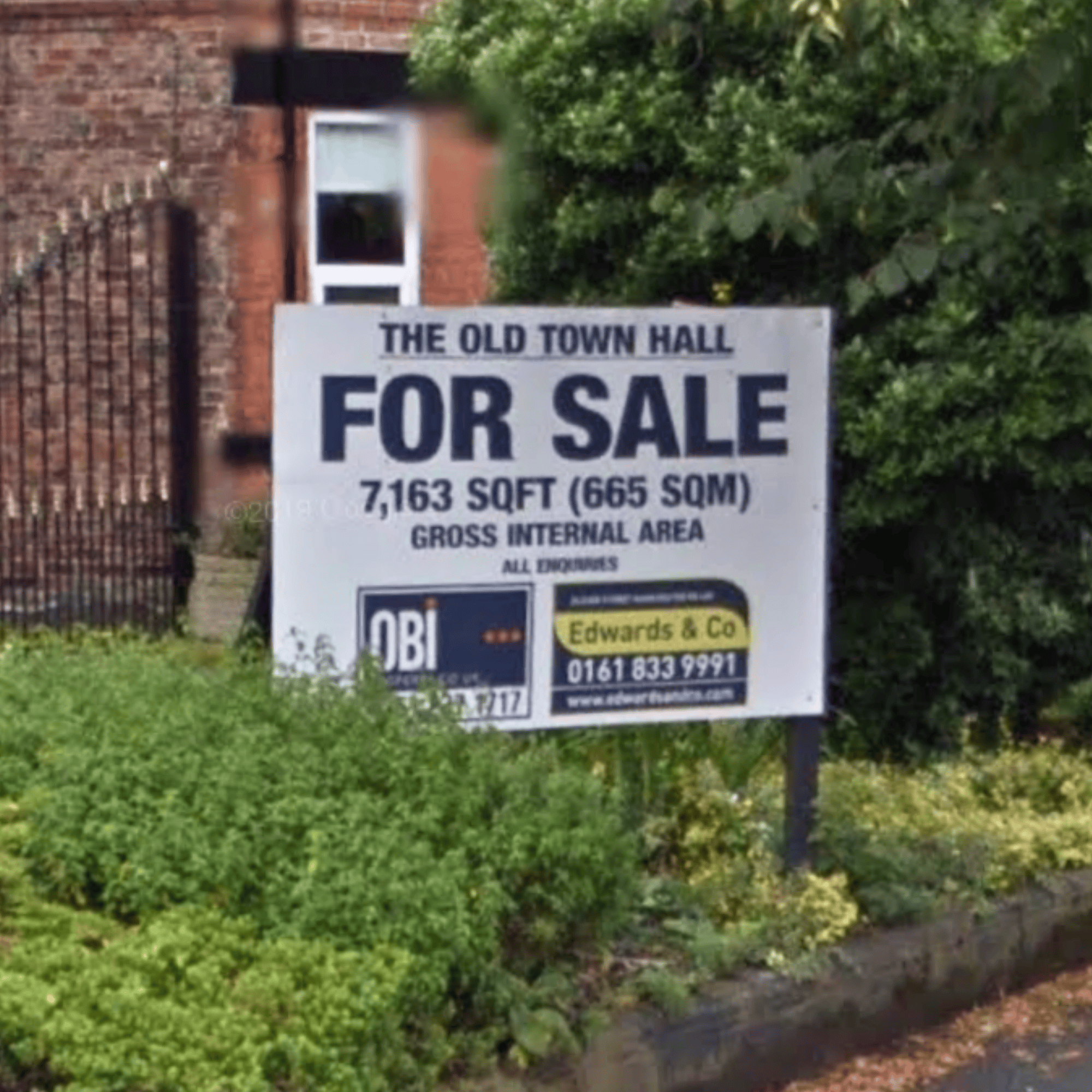
In 2014, the staff headcount of APS had outgrown the building, and the company moved to a larger premises in Cheadle. The Old Town Hall, once again, went up for sale. Initially, the owners received interest from a buyer who sought to turn it into a hotel. The initial steps of the sale went well, and a Friday was chosen as the date where contracts would be exchanged.
But then, fate intervened. Hari Pabla, co-founder of Pabla & Pabla and resident of West Didsbury, popped out for milk late one Wednesday afternoon. He saw the FOR SALE sign at the front of the Old Town Hall and instantly called Kiran Pabla, his sister and co-founder of the firm. Kiran was on holiday in Greece at the time, but they agreed it was worth a look. Hari rang APS at 16:55, just five minutes before their close of business, and arranged an urgent viewing with Julie the next day. Kiran flew back early.
Just as APS had outgrown its headquarters, so too had Pabla & Pabla Solicitors. Since the firm was founded in 2002, it had been based out of Fourways House in the Northern Quarter. By 2014, the firm had a growing headcount and was occupying two entire floors. Things were starting to feel a little claustrophobic, and bigger premises were obviously needed to house the firm.
On Thursday, less than 24 hours before APS were due to exchange contracts and agree the sale to the hotel company, Hari and Kiran came to view the Old Town Hall. As soon as Kiran laid eyes the building, she saw its qualities and saw the vision. In her own words; “The Old Town Hall is grand, it’s striking, it’s got a huge clocktower that sticks out. It’s a building where the local community used to turn for support, and to undergo legal processes. The law is steeped in history, and this building is steeped in legal history. It’s a perfect marriage”.
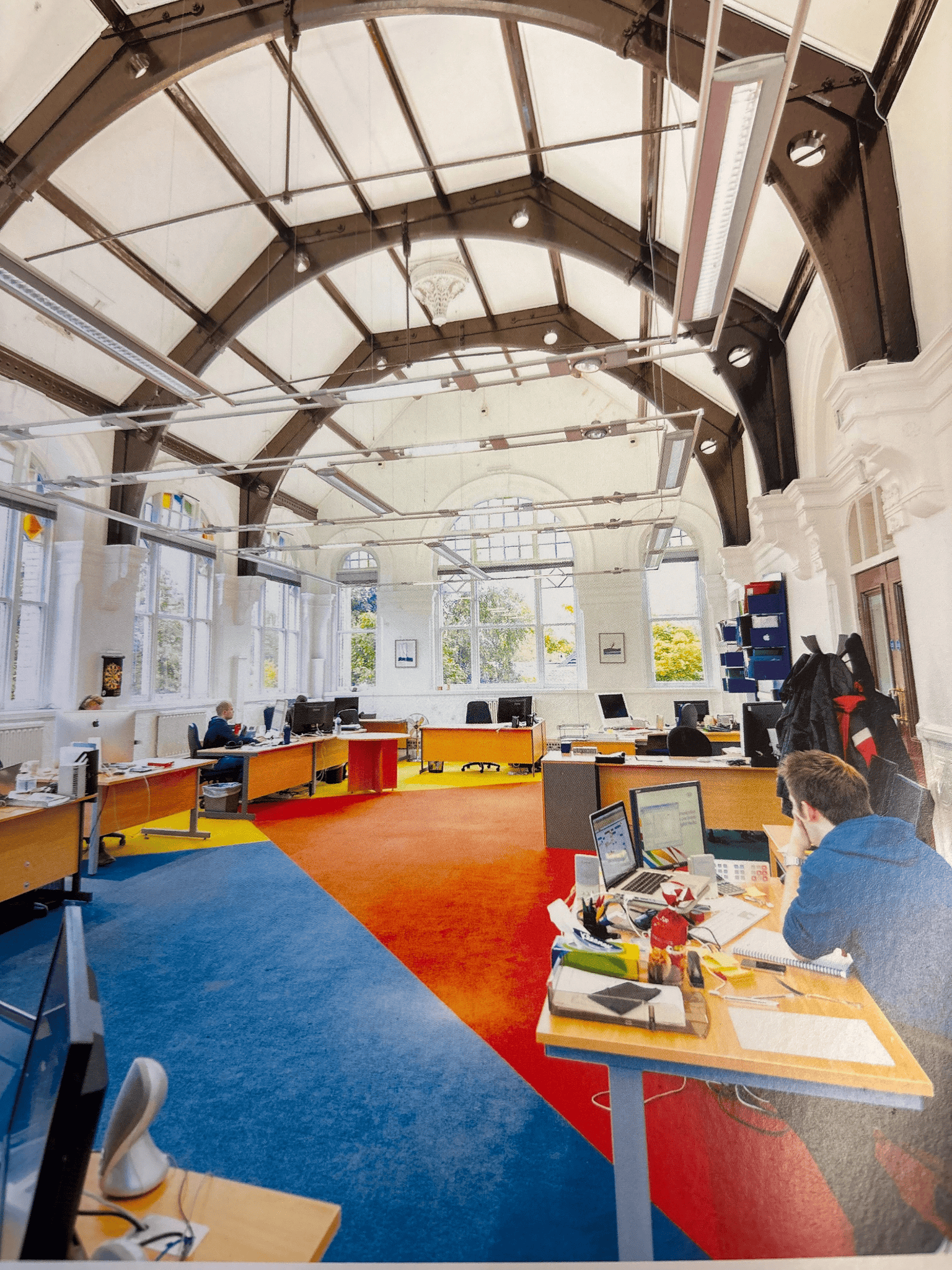
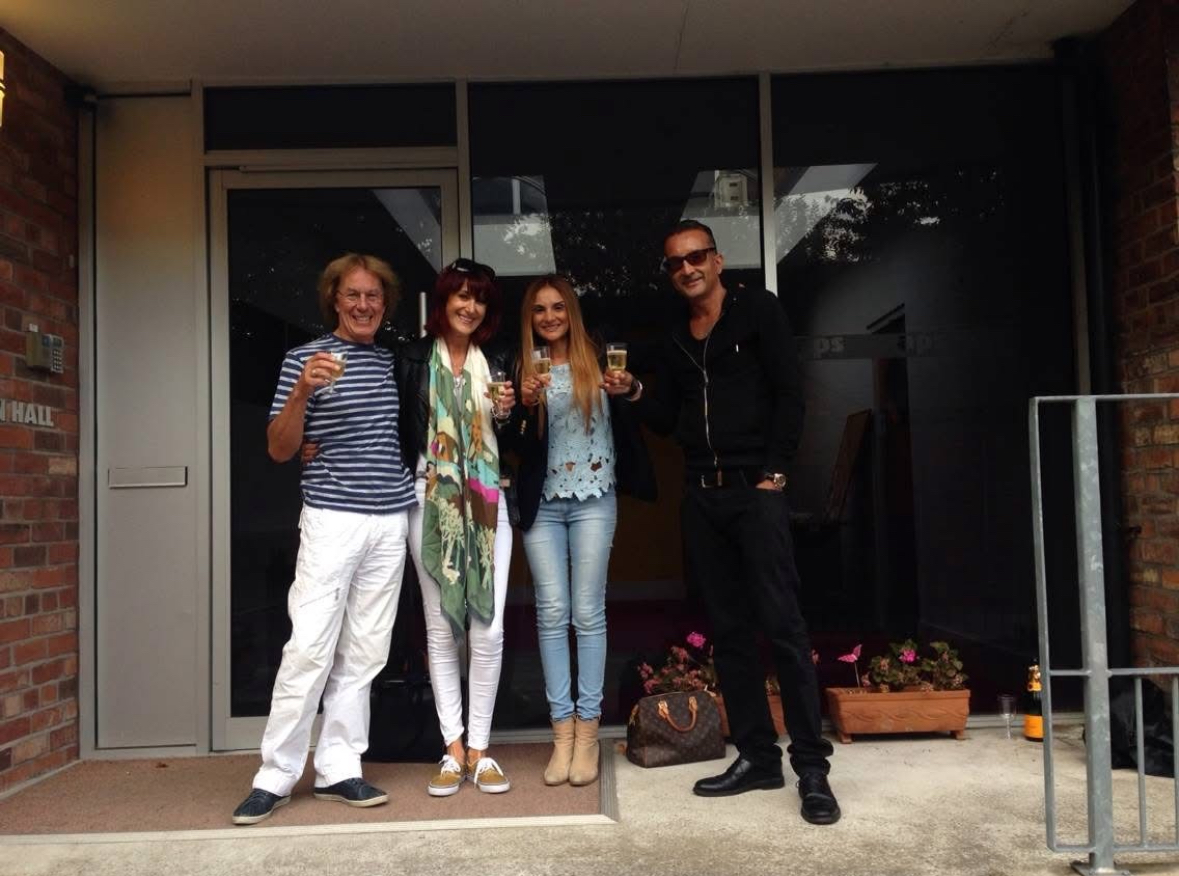
During the viewing, Julie asked why they had called so late the day before. Hari told her that he had popped out to buy milk and saw the FOR SALE sign. Julie was flabbergasted, and explained that she had initially bought the building when popping out for pizza seven years prior. The stars, in a rare moment of food-based synchronicity, had aligned.
Julie also saw Kiran’s vision, and liked the idea of the building becoming working offices for a law firm. With mere hours to go until contracts were exchanged with the hotel company, Julie scrapped the sale and agreed to sell to Pabla & Pabla.
A new law firm in Didsbury
With the sale complete, Hari and Kiran went about a careful restoration of the Old Town Hall. They sought to modernise the functionality of the building for contemporary law firm use – whilst retaining as many of the original features as possible.
The roof underwent an overdue restoration, but retained the original slate. The windows were replaced with modern heat-retaining windows that kept that character of the original ones. Many of the period features on the inside of the building – such as the floor tiling on the ground floor and the hand-carved wooden doors – were left completely untouched. Unfortunately, modern law firms have little use for ultra-high spec editing suites, so that was sadly removed.
In 2019, the building’s garage was renovated to make room for SPACE Architecture + Planning – which happens to be owned by Hari and Kiran’s sister, Sonia Pabla-Thomas.
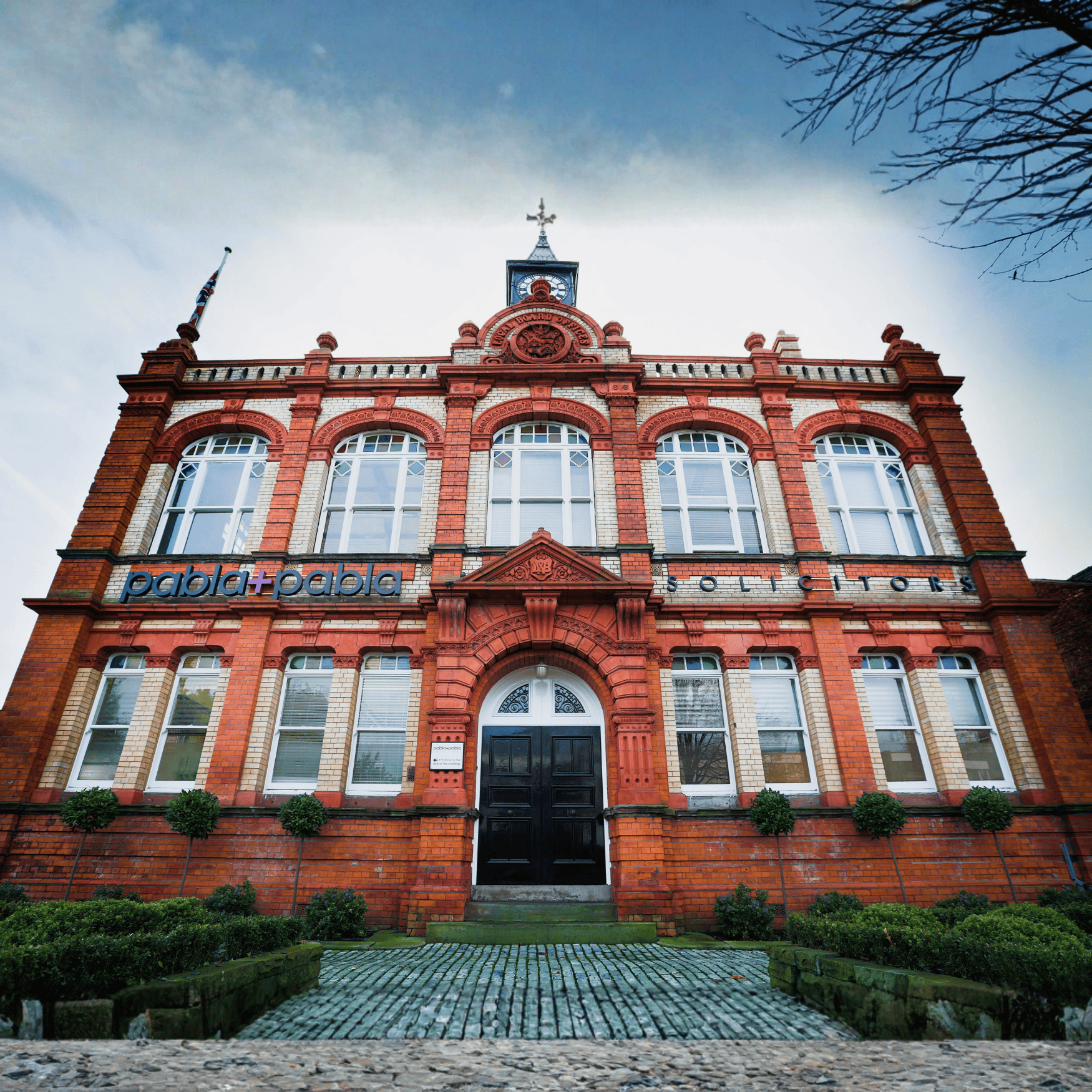
At the time of writing, Pabla & Pabla Solicitors has been based in the Old Town Hall for 11 years. The building is hard to ignore, and stands out proudly amongst the leafy surroundings of West Didsbury. In the 144 years since the building was constructed, it has remained a place that people can turn to for support. Initially, that was with the legal processes involved with the Local Board of Health. Now, with LOCAL BOARD OFFICES still cast in striking red terracotta on Lapwing Lane, we like to think that Pabla & Pabla Solicitors carry the torch of the building’s magnificent legacy.
Learn more about Pabla & Pabla
We are a claimant firm, who typically represent our clients on a no win, no fee basis. We also have an incredible Conveyancing department for all your property transaction needs!Image gallery:
Didsbury, 1800s:
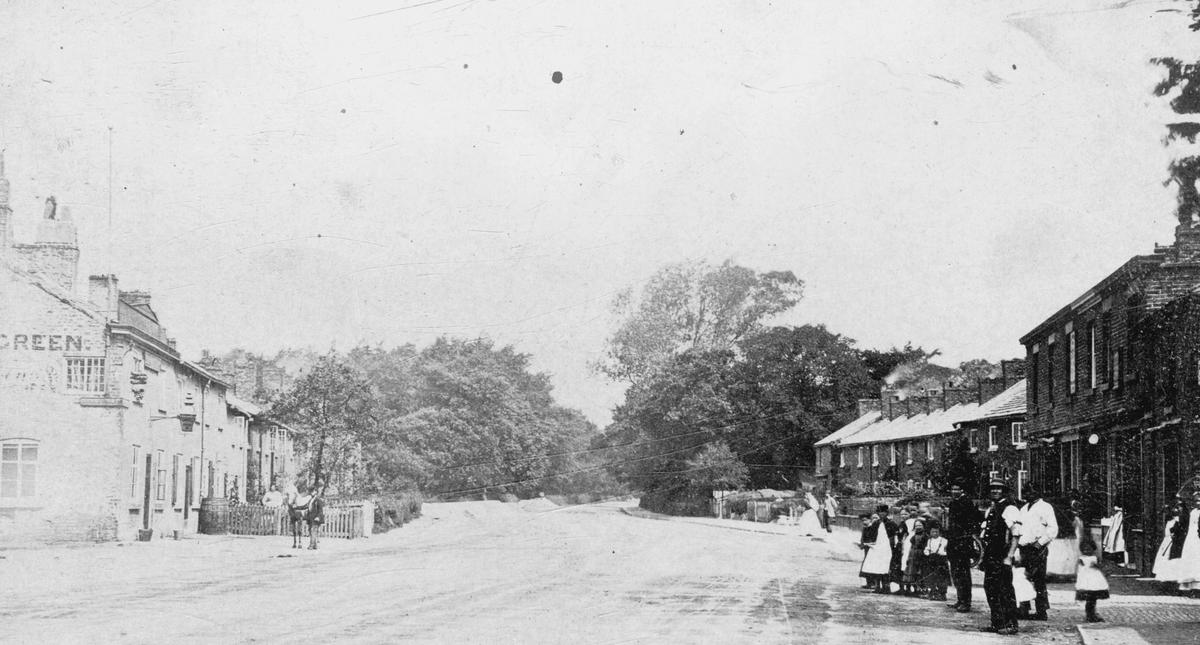
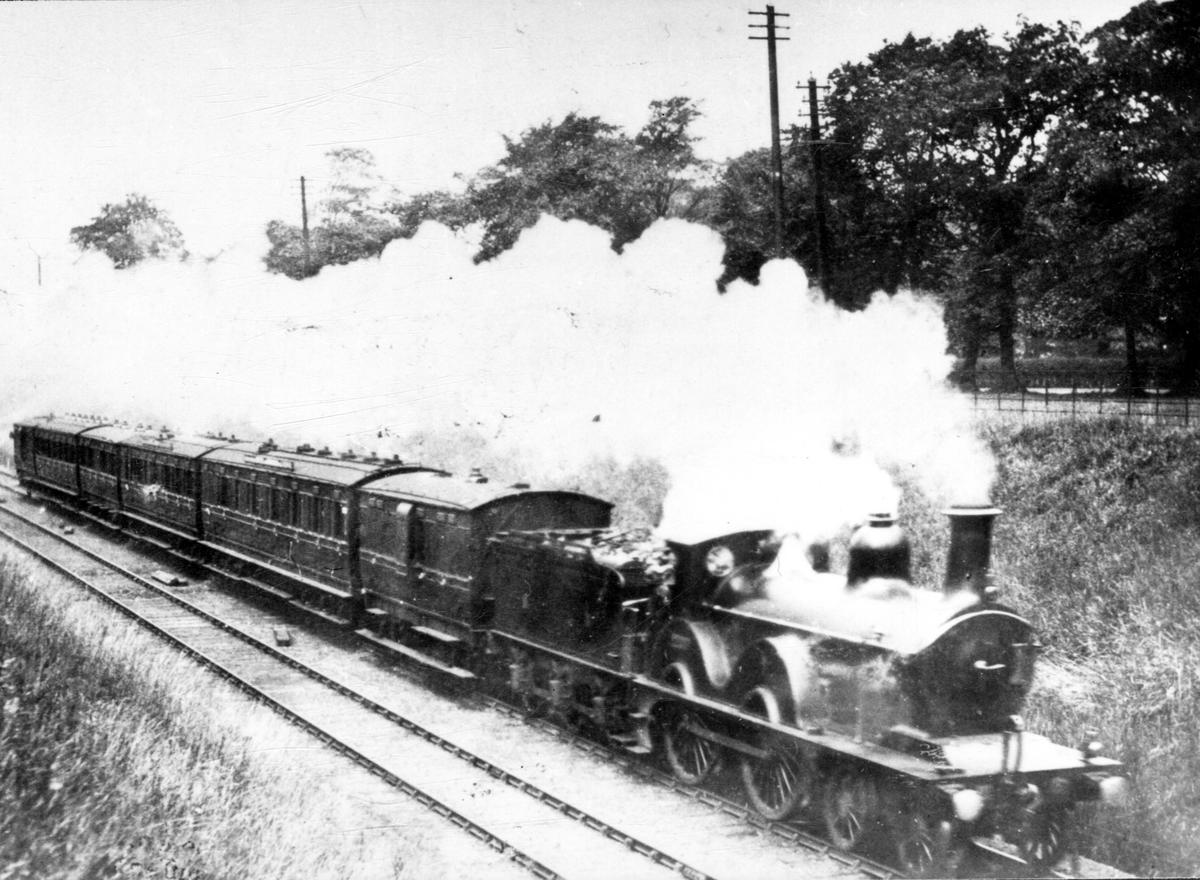

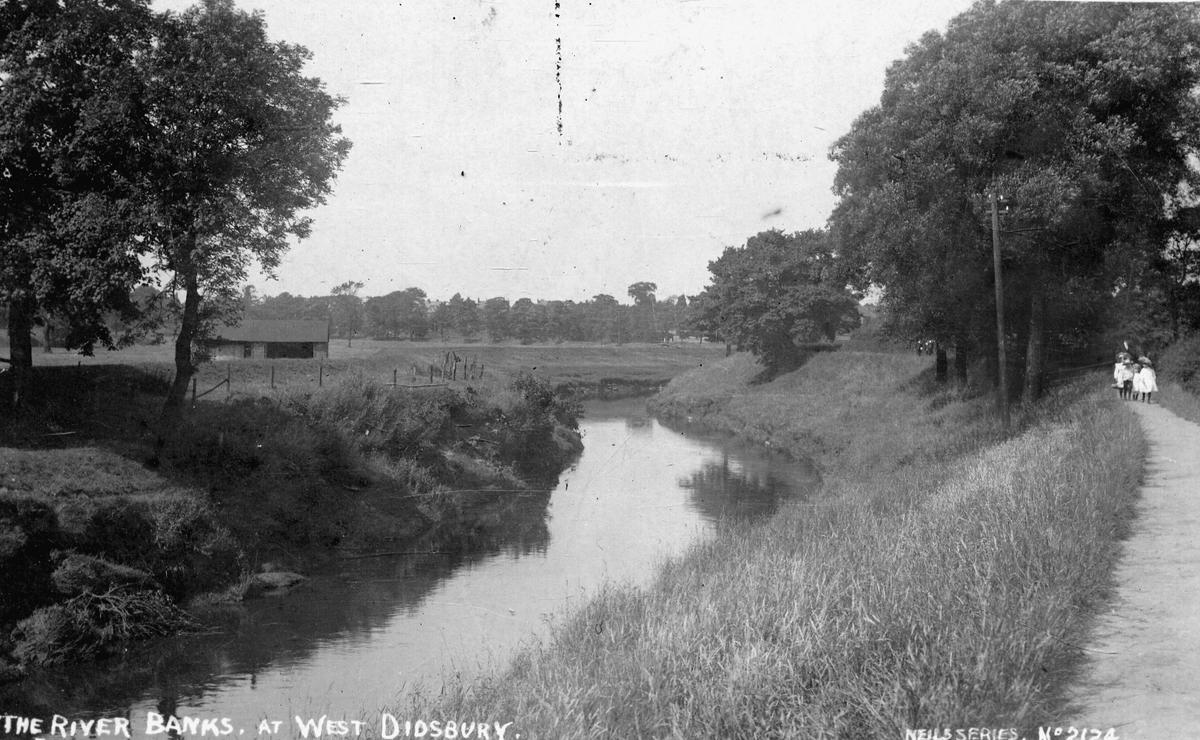
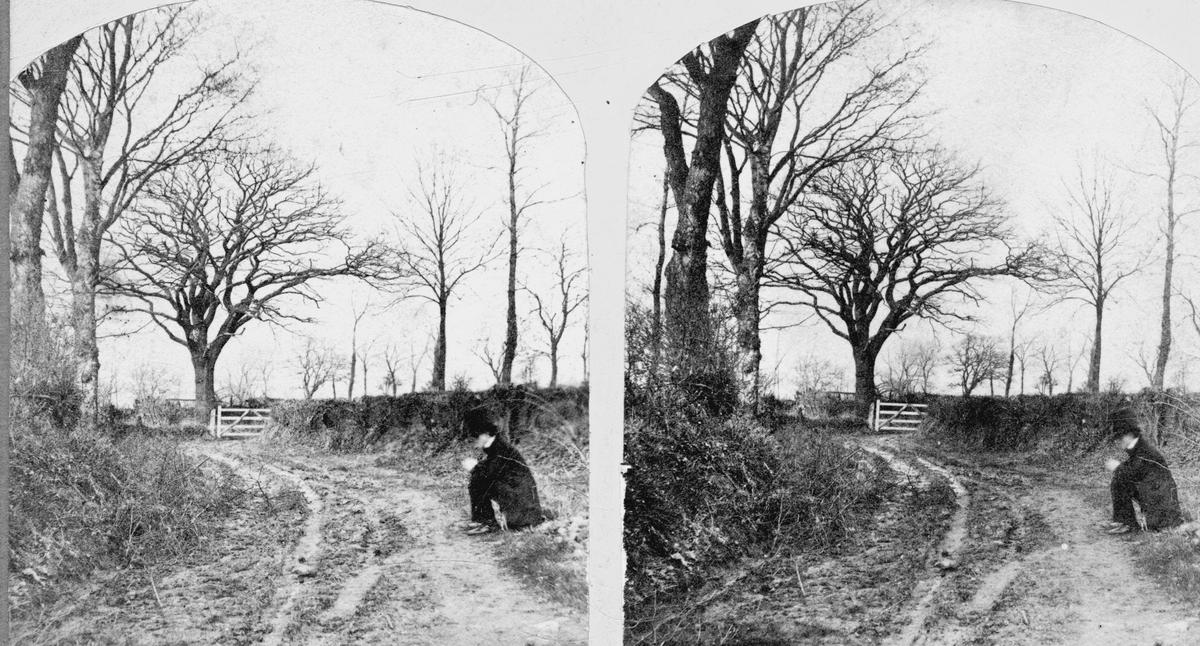
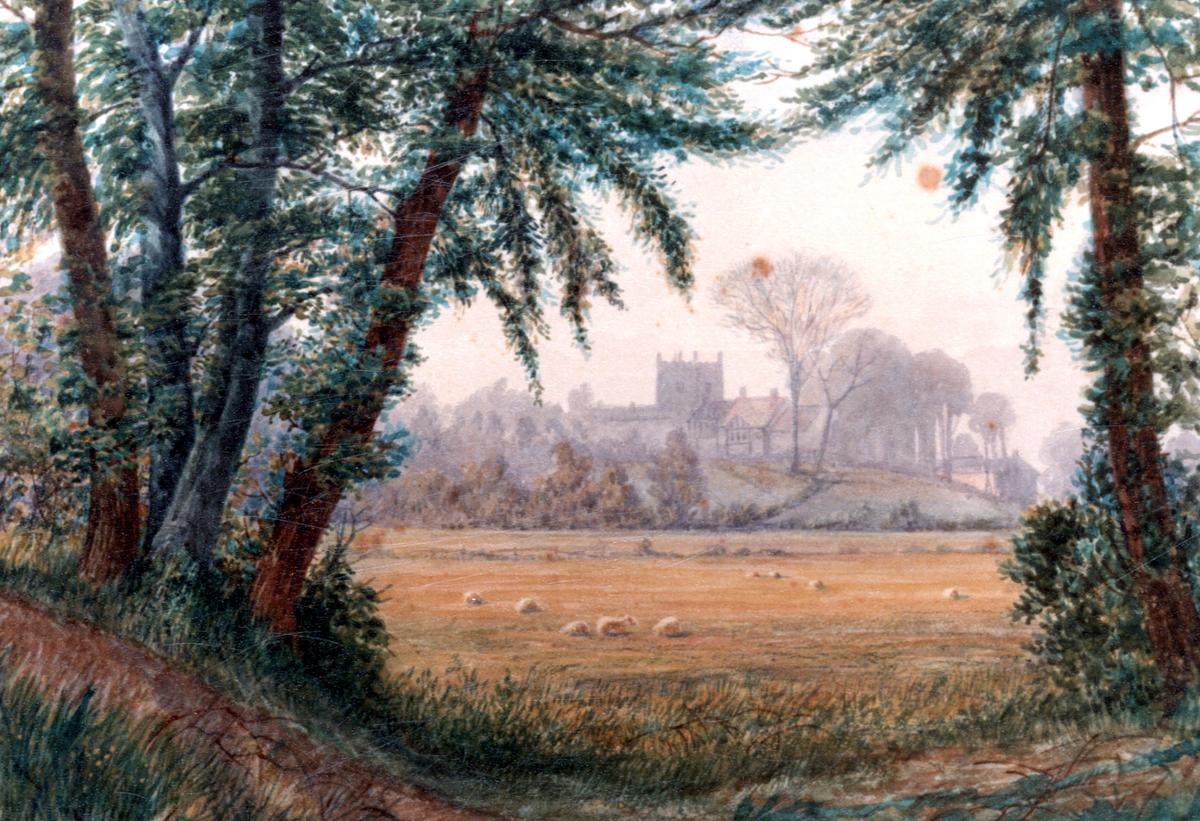
The Old Town Hall, 1800s:



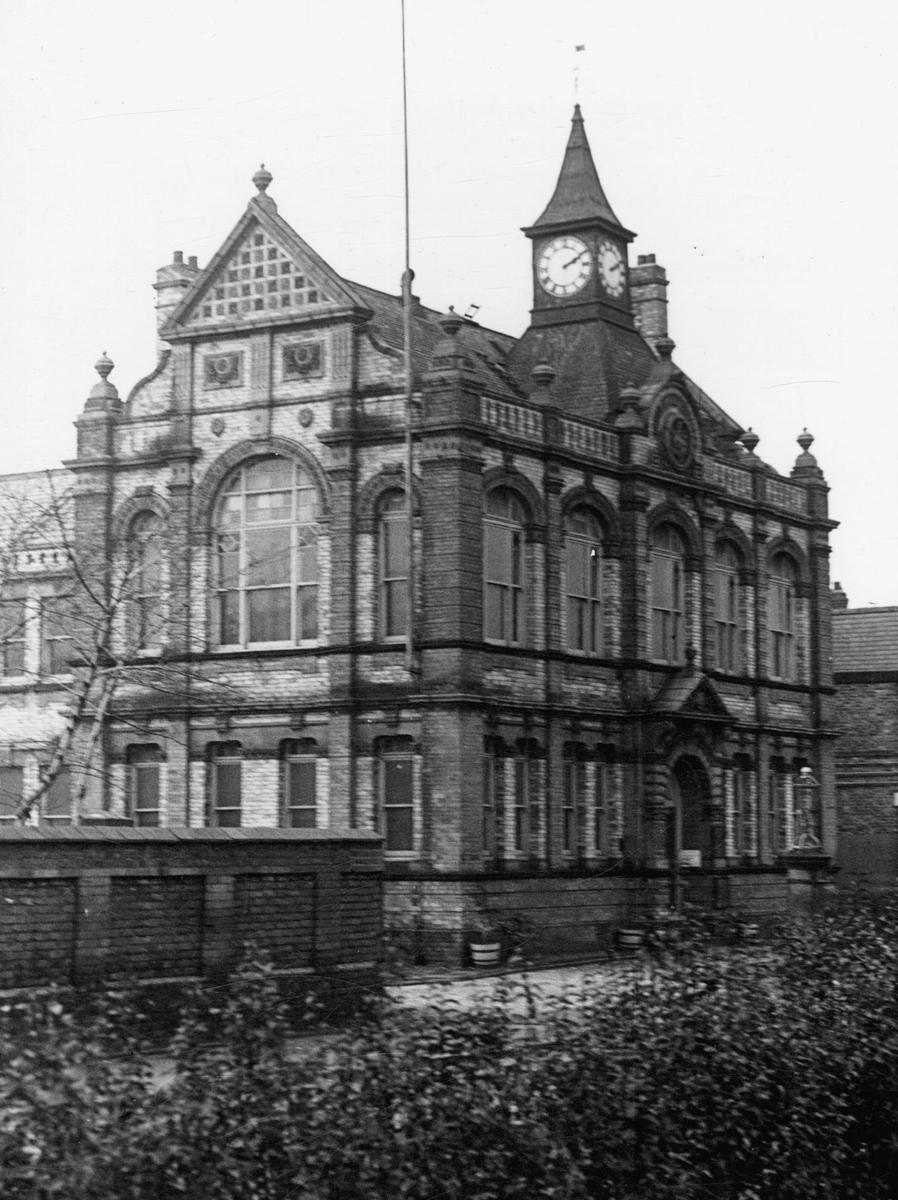
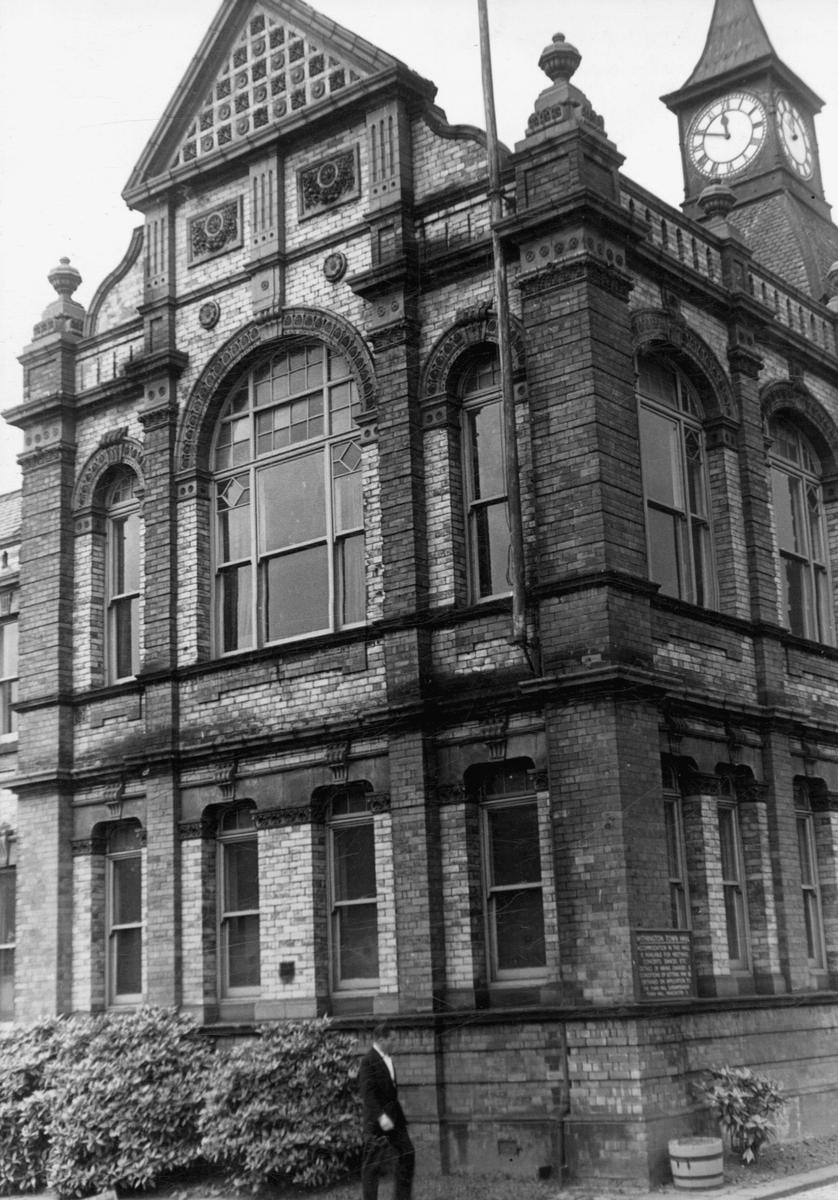


Old Town Hall, APS Media & Events era:
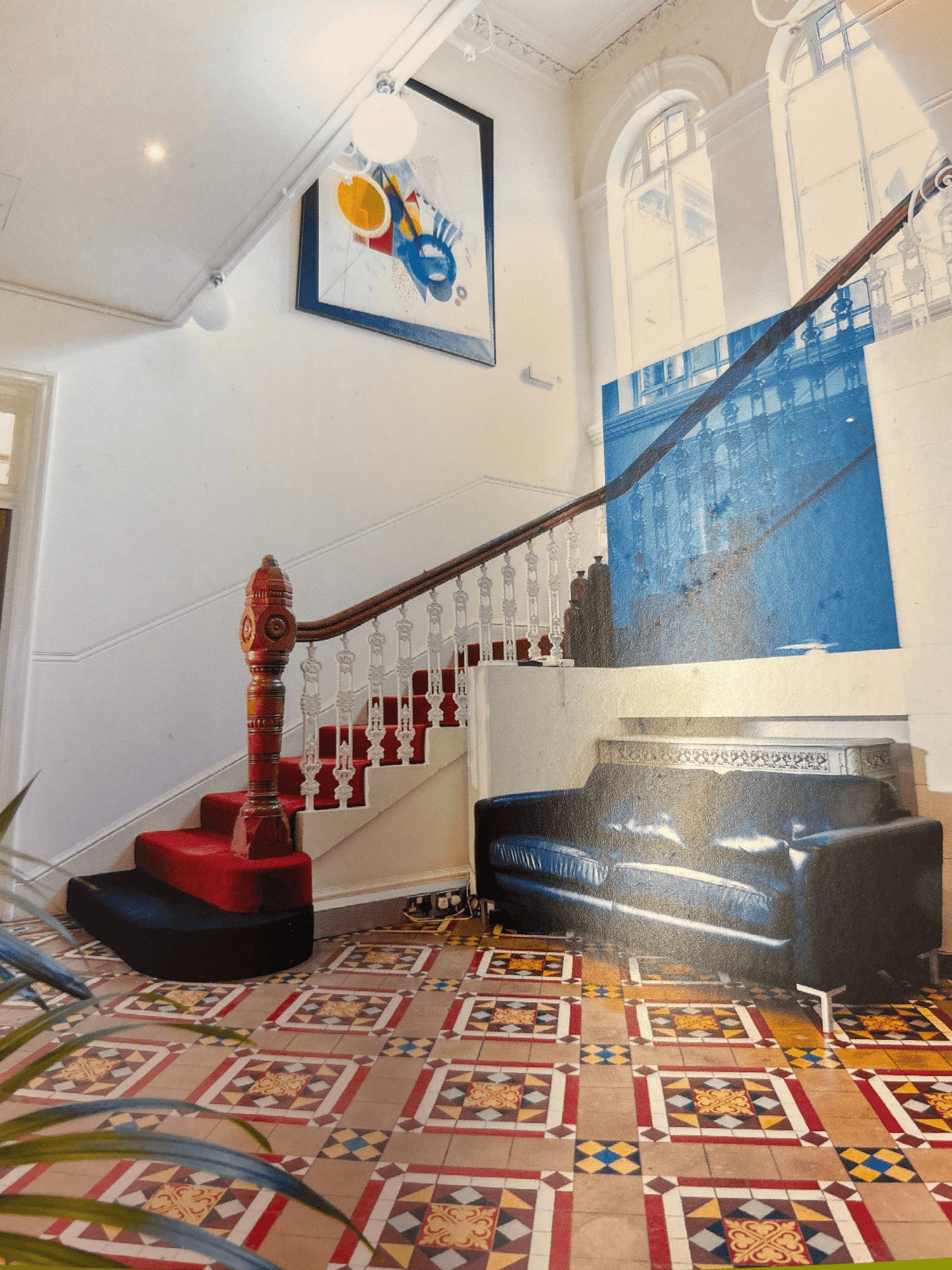
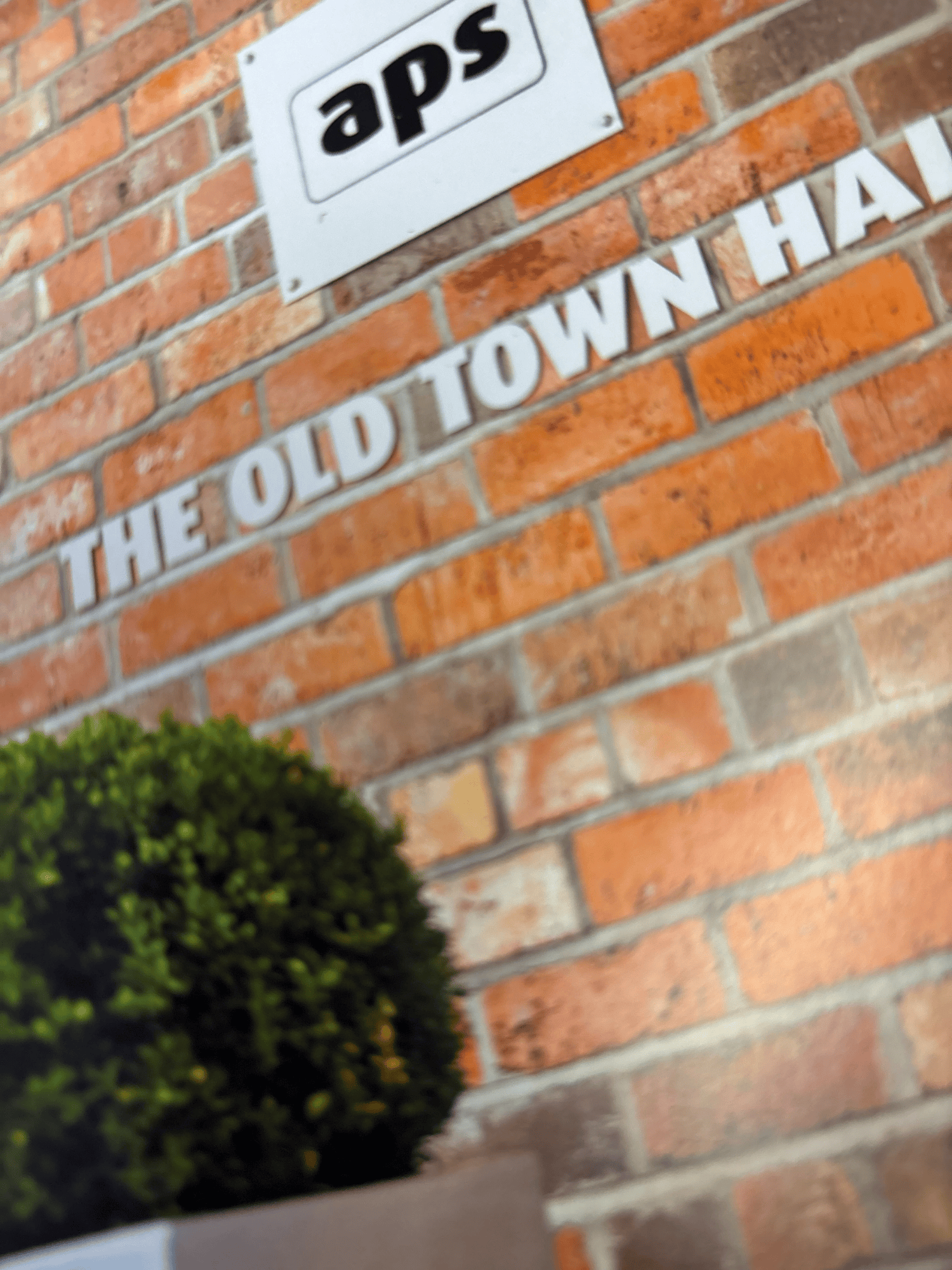

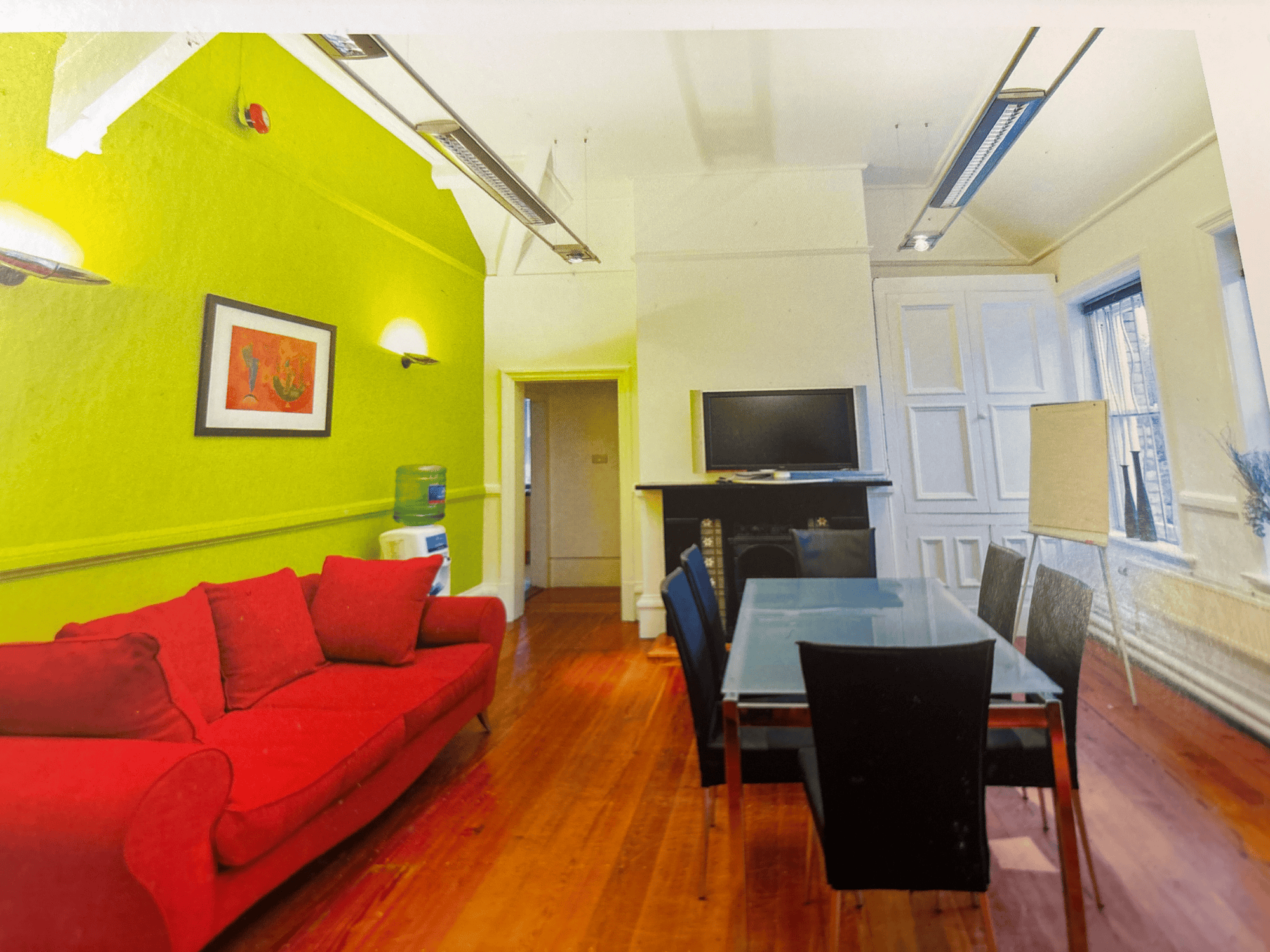
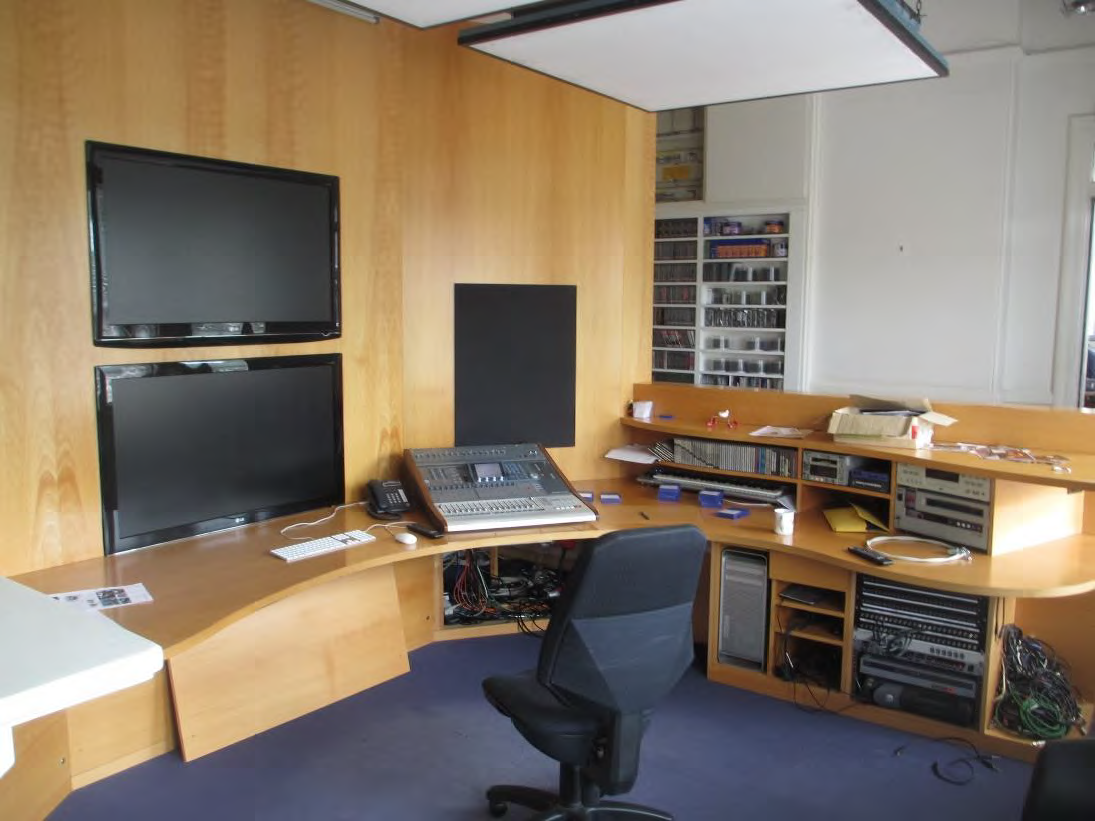

Old Town Hall, Pabla & Pabla era:
